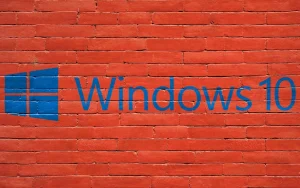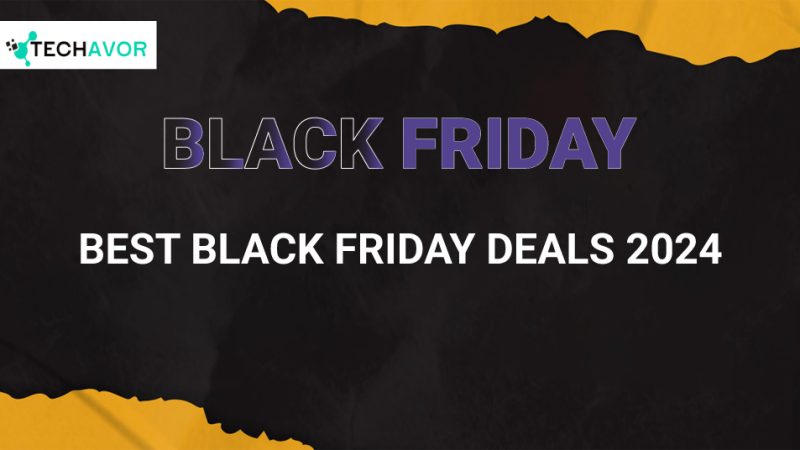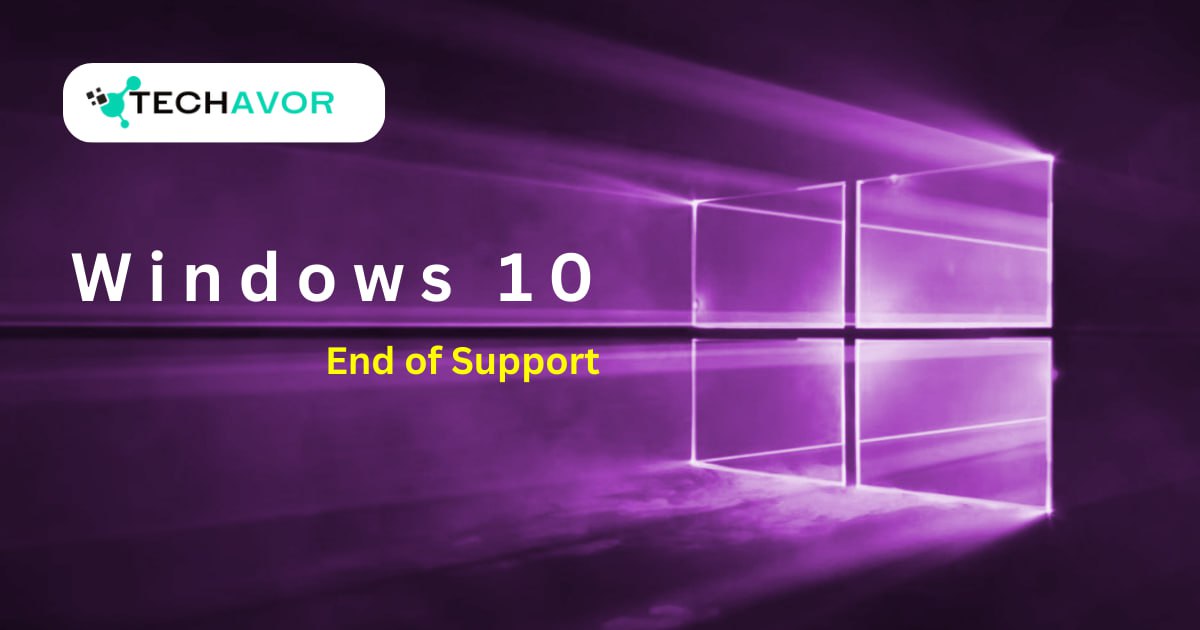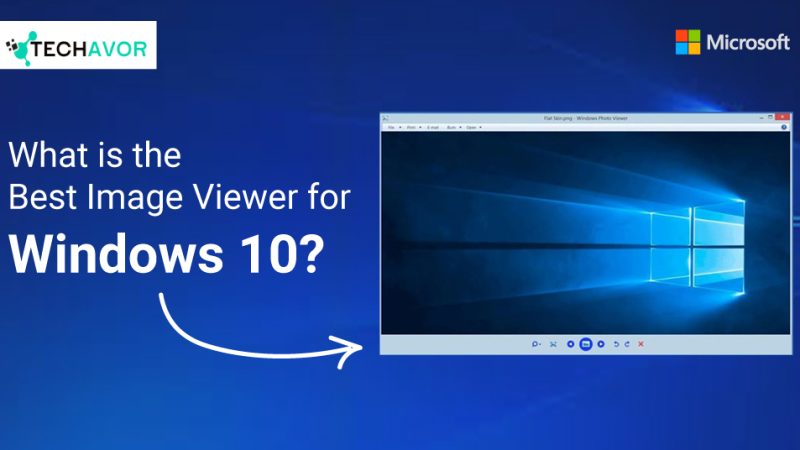As the digital landscape evolves, so do the tools we rely on. One such tool, Windows 10, has been a steadfast companion for millions of users worldwide. However, all good things must come to an end. Microsoft has announced that support for Windows 10 will officially end on October 14, 2025. This transition marks a significant shift for users and businesses alike, prompting the need for preparation and adaptation.
In this comprehensive guide, we’ll explore what the end of Windows 10 support means, provide practical examples, share user experiences, and offer actionable steps to ensure a smooth transition. Whether you’re a casual user or a business professional, this article will equip you with the knowledge and tools to navigate this change effectively.
Understanding the End of Windows 10 Support
When Microsoft ends support for an operating system, it means that the company will no longer provide free security updates, patches, or technical assistance. This can leave your system vulnerable to security threats and compatibility issues with newer software and hardware. For Windows 10 users, this end-of-support date is a critical milestone.
The Windows 7 Experience
To understand the implications, let’s look back at the end of support for Windows 7 in January 2020. Many users continued to use Windows 7 despite the risks, leading to increased vulnerability to cyberattacks. Businesses that delayed upgrading faced compatibility issues with new software, resulting in operational disruptions. Learning from this experience, it’s crucial to plan ahead and avoid similar pitfalls with Windows 10.

Why You Should Upgrade
- Enhanced Security: Upgrading to a newer operating system like Windows 11 ensures you receive the latest security updates and features, protecting your data from emerging threats.
- Improved Performance: Newer operating systems are optimized for better performance, offering faster boot times, improved multitasking, and enhanced user experiences.
- Compatibility: Staying current with your operating system ensures compatibility with the latest software and hardware, preventing potential disruptions in your workflow.
Transitioning to Windows 11
John, a small business owner, shared his experience transitioning from Windows 10 to Windows 11. “Initially, I was hesitant to upgrade, fearing the learning curve and potential disruptions. However, the process was smoother than expected. The new features and improved performance have significantly boosted our productivity. The enhanced security gives me peace of mind, knowing our data is protected.”
Steps to Prepare for the Transition
- Evaluate Your Current System: Determine if your current hardware meets the requirements for Windows 11. Microsoft provides a PC Health Check tool to help with this assessment.
- Backup Your Data: Before making any changes, ensure all your important data is backed up. Use cloud storage solutions or external drives to safeguard your files.
- Plan the Upgrade: Decide whether to upgrade your existing system or invest in new hardware. For older systems, purchasing a new device with Windows 11 pre-installed might be more cost-effective.
- Test Compatibility: If you rely on specific software or peripherals, verify their compatibility with Windows 11. Reach out to vendors for updates or alternatives if needed.
- Educate Your Team: If you’re managing a business, ensure your team is informed about the upcoming changes. Provide training sessions to familiarize them with the new operating system.
Upgrade Today for a Secure Tomorrow
Don’t wait until the last minute to make the switch. Upgrading to Windows 11 not only ensures continued support and security but also enhances your overall computing experience. Visit Microsoft’s official website to learn more about the upgrade process and take the first step towards a secure and efficient future.
The end of Windows 10 support marks a pivotal moment for users and businesses. By understanding the implications, learning from past experiences, and taking proactive steps, you can ensure a seamless transition to a newer, more secure operating system. Embrace the change and upgrade today to stay ahead in the ever-evolving digital landscape.



